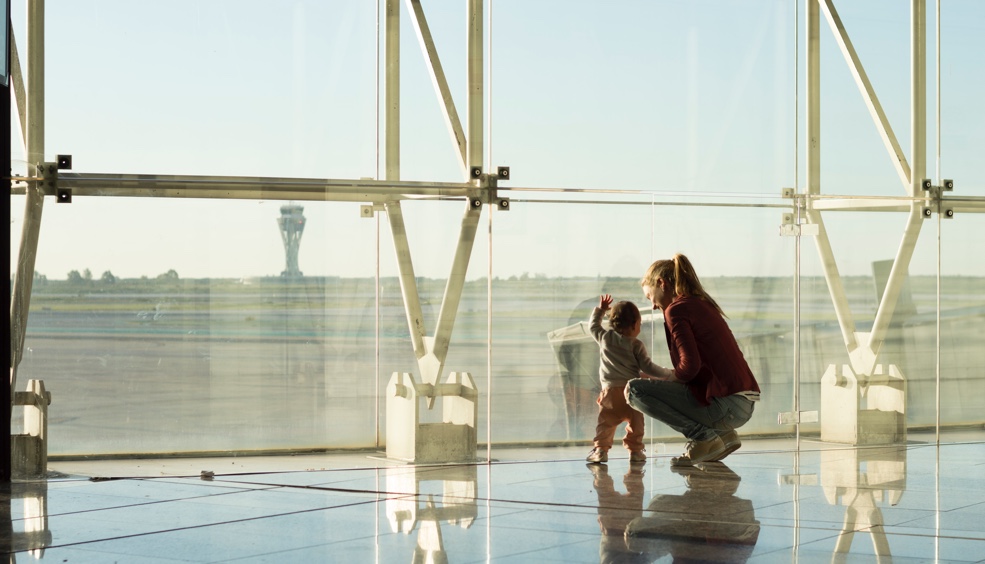3 COOL DESTINATIONS IN SPAIN TO GET AWAY FROM THE SUMMER HEAT
If you are desperate to get away from the sweltering heat, take a look at these destinations and get ready to use a blanket at night.
more infoTips for flying with an infant
First flight with your child? While it may all sound great in your head, new doubts arise every day. You're not sure exactly what you'll need or whether you have to follow any special procedures at the airport. Don't worry, we're going to give you some tips for flying with children to try to clear up any issues and make your experience a success story.
more infoEssential tips for travelling with kids
Mammaproof gives us some great advice on how to plan journeys and holidays with the whole family. They know what they're talking about because since they were founded in 2011 they've been working hard to guide parents on how to create quality family time, suggesting all kinds of activities and, at the same time, transforming cities into friendlier, more inclusive spaces for families. Follow their wise advice!
more infoWhat kind of traveller are you?
Are you one of those people who needs to have everything under control? Or one of those who never lets go of the selfie stick, not even when you go to bed? Or maybe you like to disconnect and switch to "airplane mode" when you travel. If you don't recognise yourself on the list below, you'll no doubt recognise some of your fellow travellers.
more info




